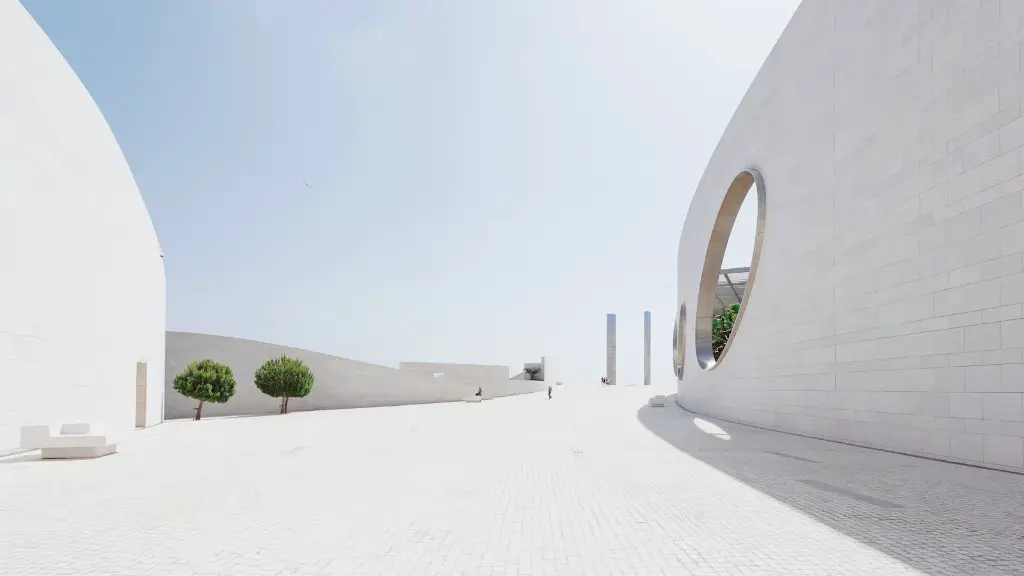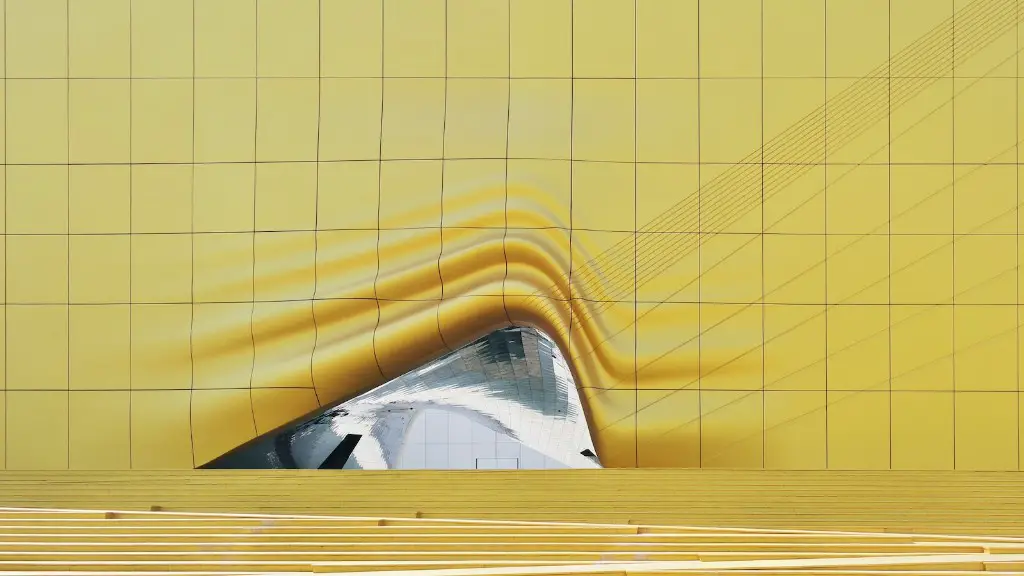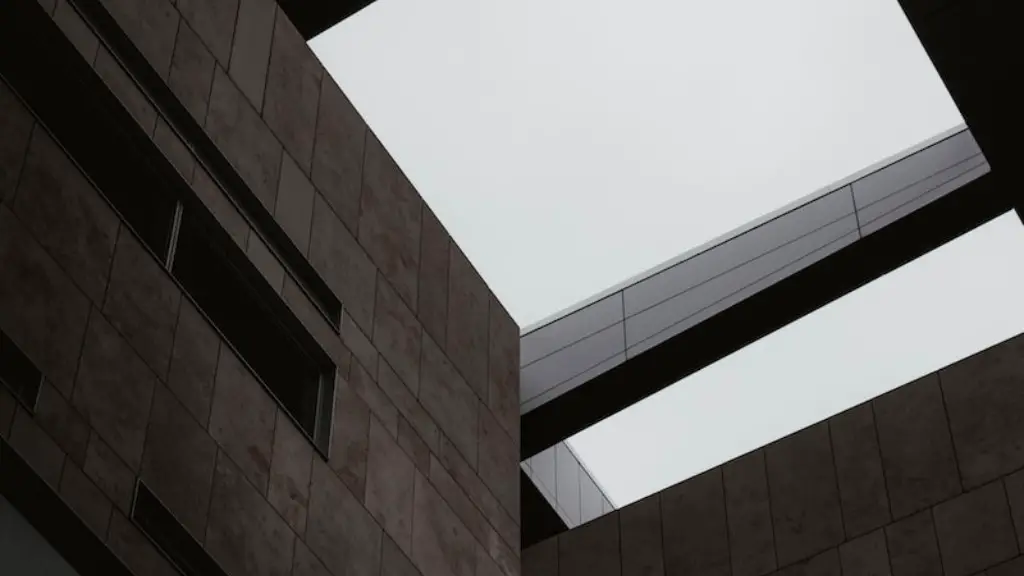Symmetry is one of the most important elements of architecture and has been used by human civilization for centuries. It is the ability to arrange elements of a design in such a way that it appears balanced and aesthetically pleasing. There is a certain beauty to be found in symmetry that often goes beyond physical aesthetics. For architects and designers, it is essential to understand why symmetry is such an important element in the design process, and how it can be used to achieve desired effects.
Symmetry is a fundamental part of visual perception; it is an innate human instinct to be driven towards balance and order. As humans, we are drawn to symmetrical objects, archways, facades and art. Symmetry makes a building appear more orderly, consistent and stable. Additionally, symmetrical structures and forms can add consistency and balance, making the design more pleasing to the eye.
Symmetry is also an important part of creating an efficient and functional building. By arranging elements of a design in a symmetrical pattern, it is easier for people to navigate and understand how to use the space. Symmetry can also be used to create interior focal points and define spaces, as well as create a sense of flow and continuity throughout the building.
On a larger scale, symmetry can be used to create a sense of grandeur and impressiveness, as well as imbue a sense of tradition and history. By combining aspects of symmetry and asymmetry, architects can create a sense of harmony and balance to their design. Symmetrical structures also have a higher chance of standing the test of time, as the balanced and symmetrical divisions help to keep the structure from deteriorating over time.
Symmetry can also be used to create visual cues and to add dimension to a building. Balanced elements can help to create the illusion of space and open up an area to make it appear larger than it actually is. Additionally, symmetrical elements, such as doorways and windows, can create the appearance of movement within the building and help to draw the eye towards important features of the design.
The Role Of Nature In Architecture
Nature has long played an important role in architecture, and symmetry has been used to imitate and reflect elements of flora, fauna, and the natural world. By incorporating the natural elements of nature into design, architects can create a sense of harmony, balance and unity between the built environment and the natural one. Symmetrical patterns can be found in nature, and by using them in architecture, designers can create a connection between the two. This connection between nature and architecture can have a positive effect on its users, providing an aesthetically pleasing environment.
Symmetry can also be used to create a sense of cohesion between the building and its surroundings, creating a bridge between the two. By blending elements of nature and the built environment, designers can create a sense of unity between the two, creating a harmonious and aesthetically pleasing balance.
Symmetrically arranged elements can also be used to create visual pathways and draw attention to certain design features. The use of curves and graceful arcs can add an element of movement, guiding the eyes to certain features. Additionally, symmetrical elements, such as pillars and columns, can be used to create visual pathways, guiding those who use the space and leading to the desired destination.
Finally, symmetrical elements can also be used to create a sense of grandeur and a timeless aesthetic. By using symmetrical elements, such as large arches or domes, architects can add a feeling of grandeur or awe to a space, creating a timeless quality and beauty that will last for generations.
The Impact Of Symmetry On Design
Symmetry has been used for centuries to create aesthetically pleasing and balanced designs. By combining the principles of symmetry, architects can create stunning and timeless pieces of art, capable of captivating and inspiring those who use them.
Symmetry is an important tool in creating balance, harmony, and beauty in a design. By using symmetrical elements, such as pillars and arches, architects can create the illusion of spaciousness and movement, while also creating focal points and defining spaces within a building. Symmetry can also be used to create visual cues, guiding people within the building and controlling their experience.
Symmetry can also be used to create a sense of grandeur and timelessness, adding to the overall aesthetic of a building. By utilizing symmetrical elements, architects can imbue a feeling of grandeur, majesty and awe, creating a timeless beauty that stands the test of time.
Finally, symmetry can also be used to create a sense of connection between the natural and built environment. By incorporating elements of nature into the design, architects can bridge the two, creating a harmonious balance between the two.
Conclusion
Symmetry is an essential element of architecture, providing structure and balance to a design. By using symmetrical elements, architects can create a sense of grandeur and timelessness, as well as visually pleasing pathways and focal points. Symmetry can also be used to reflect elements of nature and create a harmonious connection between the built environment and the natural world. Symmetry is one of the most important tools an architect has in their arsenal and by understanding how to use it, they are able to create timeless and awe-inspiring pieces of architecture.



